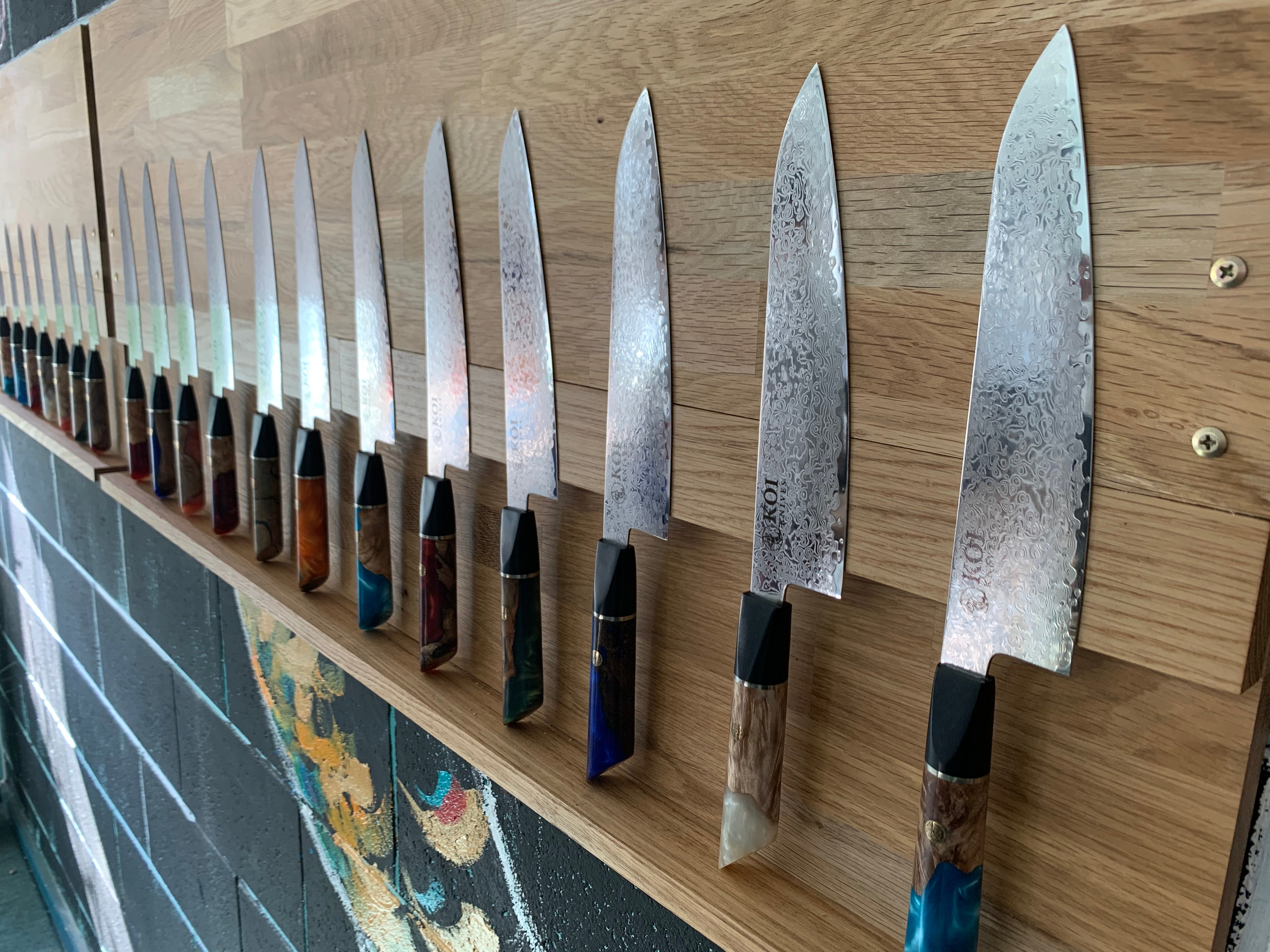Image Source: Google
Japanese knives are renowned worldwide for their exceptional quality, sharpness, and precision. To truly master the art of using these knives, it is essential to also understand how to care for them properly. Proper maintenance not only ensures that your Japanese knives remain sharp and effective japanese knives but also extends their lifespan. In this guide, we will explore the best practices for Japanese knife care so you can slice and dice like a pro.
The Basics of Japanese Knife Care
1. Cleaning
- Hand wash your Japanese knife with a mild detergent and warm water immediately after use.
- Avoid soaking your knife in water or putting it in the dishwasher, as this can cause damage to the blade.
- Dry the knife thoroughly with a clean towel before storing it.
2. Storage
- Store your Japanese knife in a knife block, on a magnetic strip, or in a knife sheath to protect the blade and prevent accidental cuts.
- Avoid storing your knife in a drawer where it can bump against other utensils and dull the blade.
- Ensure the knife is completely dry before storing it to prevent rust and corrosion.
Sharpening Your Japanese Knife
1. Honing
- Regular honing with a honing steel or ceramic rod can help maintain the sharpness of your Japanese knife between sharpening sessions.
- Hold the knife at a 20-degree angle and swipe it along the honing steel from the base to the tip several times on each side.
2. Sharpening Stones
- Invest in high-quality sharpening stones specifically designed for Japanese knives.
- Begin with a coarse grit stone to remove any nicks or dullness, then progress to a medium and fine grit stone for a razor-sharp edge.
- Follow the manufacturer's instructions for the proper technique when using sharpening stones.
Preventing Damage to Your Japanese Knife
1. Cutting Surface
- Avoid cutting on hard surfaces like glass, granite, or ceramic, as they can chip or dull the blade of your Japanese knife.
- Opt for softer cutting boards made of wood or plastic to protect the sharpness of the blade.
2. Proper Use
- Avoid using your Japanese knife for tasks that it is not designed for, such as chopping through bones or frozen foods.
- Use a separate cleaver or bone saw for such tasks to prevent damage to the delicate blade of your Japanese knife.
Professional Maintenance
1. Professional Sharpening
- If you are unsure about sharpening your Japanese knife yourself, consider taking it to a professional sharpener.
- A professional sharpener can restore the factory edge of your knife and ensure it is sharpened correctly.
2. Repair and Restoration
- If your Japanese knife has become damaged or dull beyond repair, seek out a professional knife repair service.
- A skilled knife technician can repair chips, cracks, or other damage to your knife and restore its sharpness and functionality.
Conclusion
Mastering the craft of Japanese knife care is essential for anyone who wants to slice and dice like a pro. By following the best practices outlined in this guide, you can ensure that your Japanese knives remain sharp, precise, and effective for years to come. Remember to clean, store, sharpen, and use your knives properly to maintain their quality and extend their lifespan. With proper care and maintenance, your Japanese knives will continue to be a valuable tool in your kitchen arsenal.

